ONE
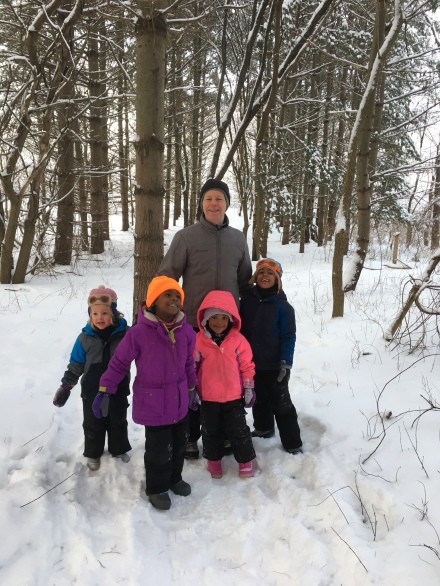
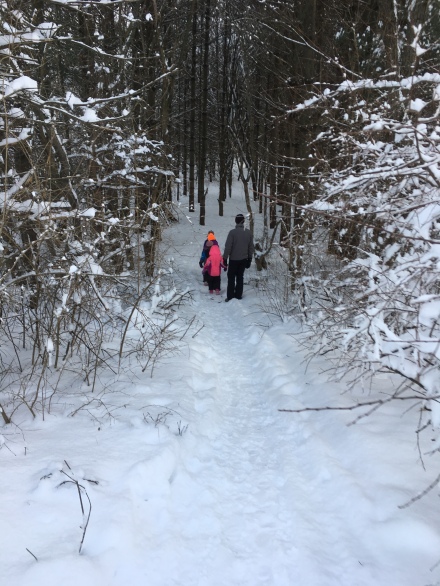

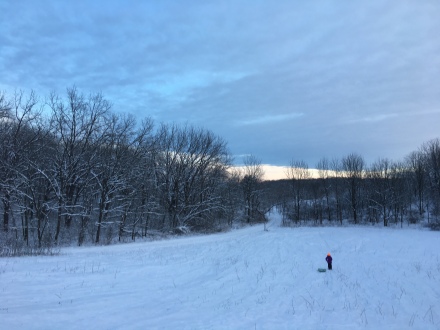
Our family does best when we embrace winter as a season. That means fostering coziness indoors – fires most nights, candles with every dinner, blankets on the couch – and winter fun outdoors daily. Even if it takes the kids as long to bundle up as they get to spend playing outside on a truly bitterly cold day everyone is in a better mood after fresh air, sledding, or a snowball fight with neighbors. Right before the worst of the Polar Vortex hit we took all the kids on a snow hike and sledding in a nearby forest preserve. It’s the first year the smaller two were ready for the big hill instead of our near-daily backyard sledding. Everyone had a blast. During the following week it got down to -27 (-33 celsius) with windchills around -50 to -60. We mostly stayed inside for two days because the kids refuse to wear neck gaiters/face masks over their faces and it was too cold for exposed skin. Unfortunately one of our furnaces couldn’t handle the strain and died. We’re making do with space heaters for now and happy it’s not worse. Our poor neighbors had a pipe burst in their basement the day they moved across the country! A couple balmy days and a family-wide case of the flu followed the cold snap. We’re now back to cold and snow as regularly programmed.

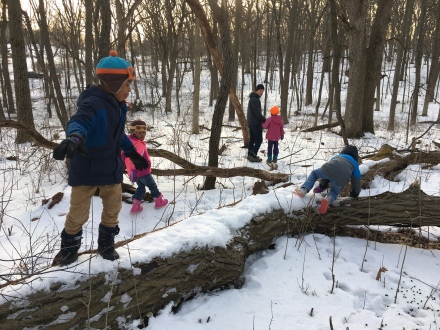
TWO
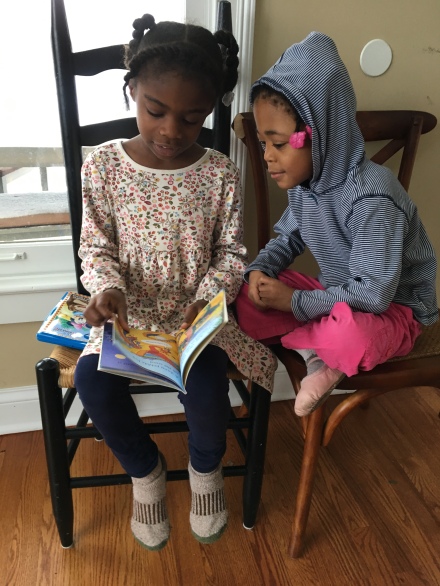
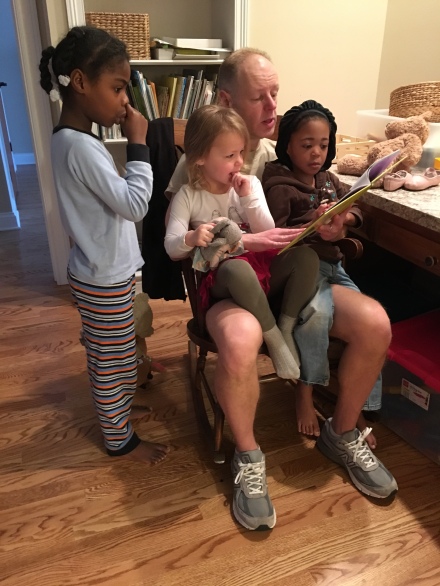
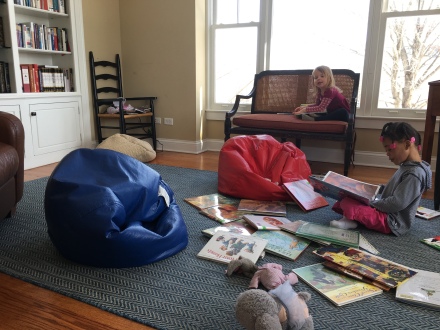
The kids caught the Beatrix Potter bug this winter. We’ve spent lots of time cuddled up on the couch with Peter Rabbit, Hunka-Munka, and Mrs. Tiggywinkle. I never actually enjoyed her stories or art as a child and the kids didn’t show much interest in years past. However, my grandmother sent them a beautiful boxed set of Potter’s books for Christmas and something about those lovely little hardbacks did the trick. Turns out I enjoy them now too. I didn’t realize they were so funny! In January we read a lot of winter and arctic-themed books. As we slog through February and winter starts to drag a bit I’ve transitioned the library book basket over to fairy tales and fables using the Read Aloud Revival monthly booklist as a springboard. It’s a good month for escaping into magic worlds. We always include some black history in our reading but are diving deeper for Black History Month. Valentines Day is not a big day for us but the kids enjoy making cards and decorations so we add in a few Valentines Day books as well.
I’ve been thinking a lot about stories this month. Plenty of studies show that stories are a uniquely powerful vehicle for learning and information, but I also like thinking about how they connect us across time and geography. An Anansi story from a thousand years ago in Africa still makes our family laugh on the couch today. A well-told story can put us in the shoes of Genghis Khan or make us cry over a refugee family. A group of actors in England can tell the story of a brilliant but lonely man in 1960s Oxford that captivates two tired parents four thousand miles away in a snowbound house in the American midwest. Which brings us to:
THREE
Endeavour. We’re not big TV watchers but this winter a great story made the coldest winter days fly by. I’d watched the stand-alone prequel movie and first season of the BBC’s Endeavour a few years ago and enjoyed it. I just realized this winter that there are currently five seasons and have spent most of my spare time (and perhaps some time that wasn’t spare but stolen) immersed in the story. I haven’t enjoyed a show this much for years. Intricate mysteries, lovingly recreated historical settings, beautiful cinematography, and above all, brilliant acting. I was vaguely familiar with the original Morse played by John Thaw and knew of the books but Shaun Evans’ depiction of young Morse is outstanding and the other leading actors are equally good. It’s been years since I’ve seen a TV show tell such a good story so well. I finished the Fifth Season last week and am fighting the urge to go right back to the beginning and start over.
Just a heads up, the individual prequel movie does have some nudity unlike the full seasons that follow. The prequel sets up the character well and addresses real moral issues (trafficking) but be advised in case you’re watching with young kids around the house. It’s not a series I’d watch with young kids regardless.
FOUR
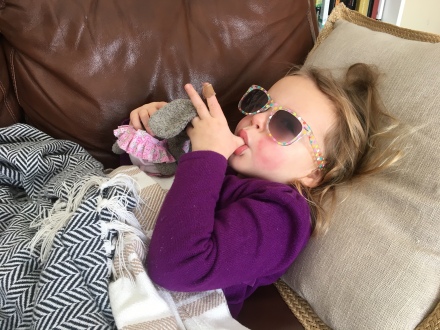
Another thing keeping the winter fidgets at bay? The kids caught the games bug this winter. They’ve begged for games in the past, but I can’t say anyone enjoyed them. They didn’t understand the rules, fought and sobbed over losing, and broke and scattered all the game pieces. This winter we’ve had many successful rounds of Old Maid, Sneaky Snacky Squirrel, Count Your Chickens, Go Fish and others. It’s wonderful to see Annie play games with her siblings. For a child who struggles with social interaction and sensory overwhelm, structured games are an ideal vehicle for play. She’s able to relax and engage because there are clear rules to follow and she’s strong at tasks that require pattern or match spotting.
FIVE
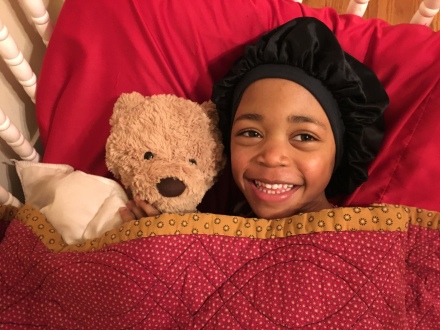
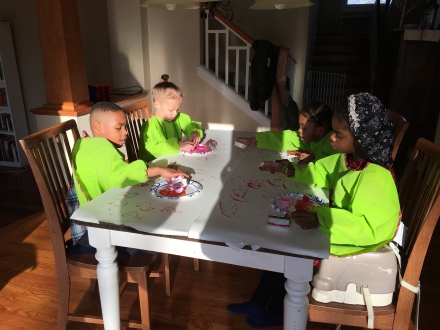
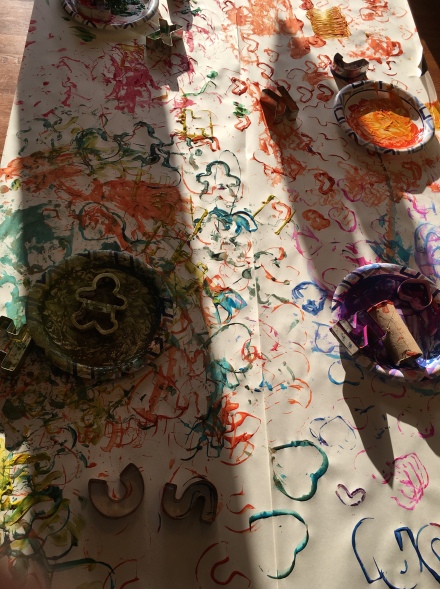
I’m hitting the stage of winter where I get the winter….not blues, so much, as…discontent? Antsiness over career, home, location, travel, religion, politics, and neighborhood gets compounded by short sleep, illness, sick kids, and solo parenting during travel weeks for my husband. I’ve found the best solution is to get up and do something physical. Declutter and scrub, go for a walk, even just run up and down the stairs putting away laundry.
I’m also brushing up on my piano skills. I took lessons for eleven years but haven’t played much outside of Christmas caroling since the twins began to walk. Piano during naps woke the kids, and outside of nap time there were too many little hands grabbing for the keys. This winter they’re all mature enough to let me play and I often sit down to have a little fun with Bach or Mozart during their lunches (our piano sits in the Dining Room). Mom gets a mental break, and the kids get a little “live” music. Win-win. Really anything creative helps. Carving out the time to create something beautiful or meaningful through art, music, writing, handcrafts, or design always make me happier. I also set up extra art opportunities for the kids in winter. During the summer we’re usually outside all day and the art things barely get a glance. In winter I’ll often pull out some sensory play or art supplies for them and they’ll happily spend half an hour or an hour creating at the kitchen table.
SIX
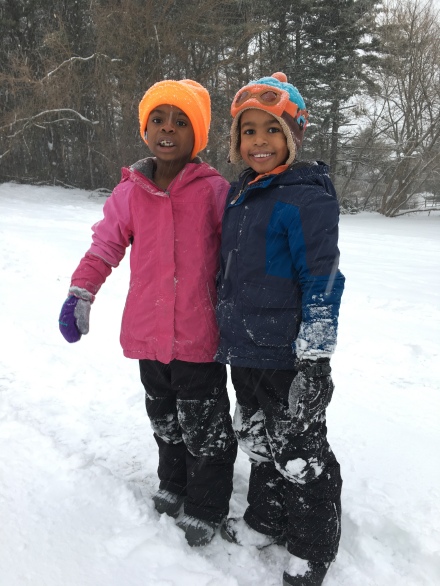
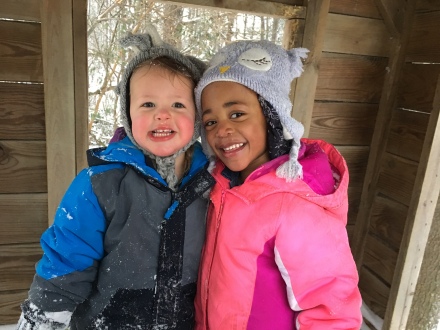
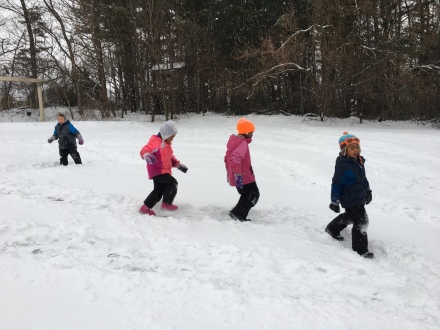

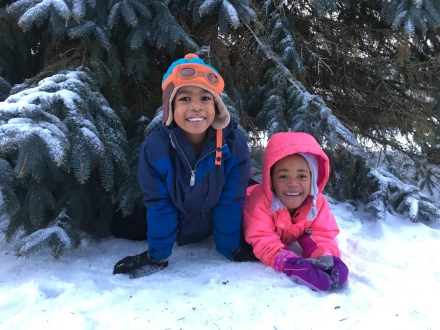
A good book series also helps me battle the winter doldrums. I picked up the first of Alan Bradley’s Flavia de Luce novels in mid-January and am now on the eighth. They are completely delightful mysteries following and middle-school aged chemistry genius in 1950s England. Clever, hysterically funny, quick, and just right for the months of snow and ice. The most recent I read felt a bit weaker, but that won’t stop me from finishing the series. They’re best read in order.
SEVEN
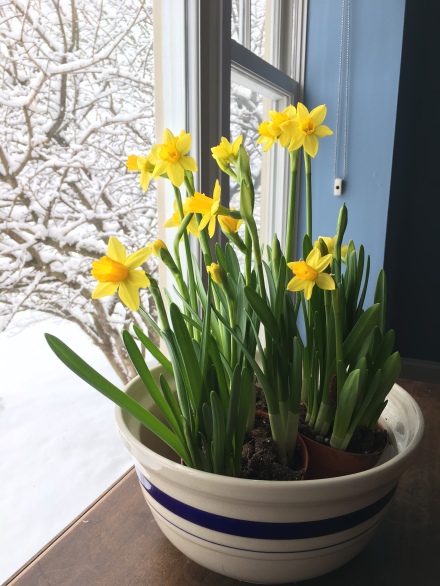
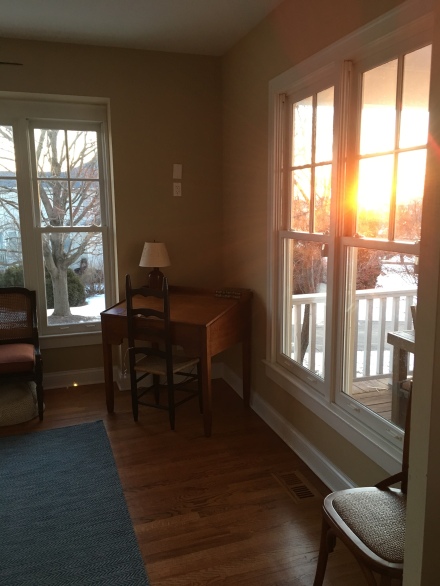
We’re working on decorating plans. I’ve found Myquillyn Smith’s Cozy Minimalist Home very helpful and thought-provoking over the winter. Although we have different tastes my mom has a great eye for decorating and I grew up in a home full of her decorating and design books. However, I’ve always struggled to put a room together. The books I’d looked at were not much help. I could see a room I liked but couldn’t move from there to a coherent room of my own. Many of the books were topical (what to put in a bedroom, ideas for gallery walls) or very specific to one style. Cozy Minimalist Home does a good job working through the building blocks of a room whatever your taste, from figuring out major furniture placement to building blocks of rugs, curtains, lighting, and just enough decorating. To be clear, Smith’s decorating style is emphatically not my own, and her writing style drives me a little crazy. It’s the sort of chatty “hey girlfriend!” style that annoys me to no end, and the book could be condensed easily into one very clear and concise two page article. Faults notwithstanding, it’s started the wheels turning and various rooms around the house are underway for the first time since moving in 2.5 years ago.








